Tag: Lymphocytes
-
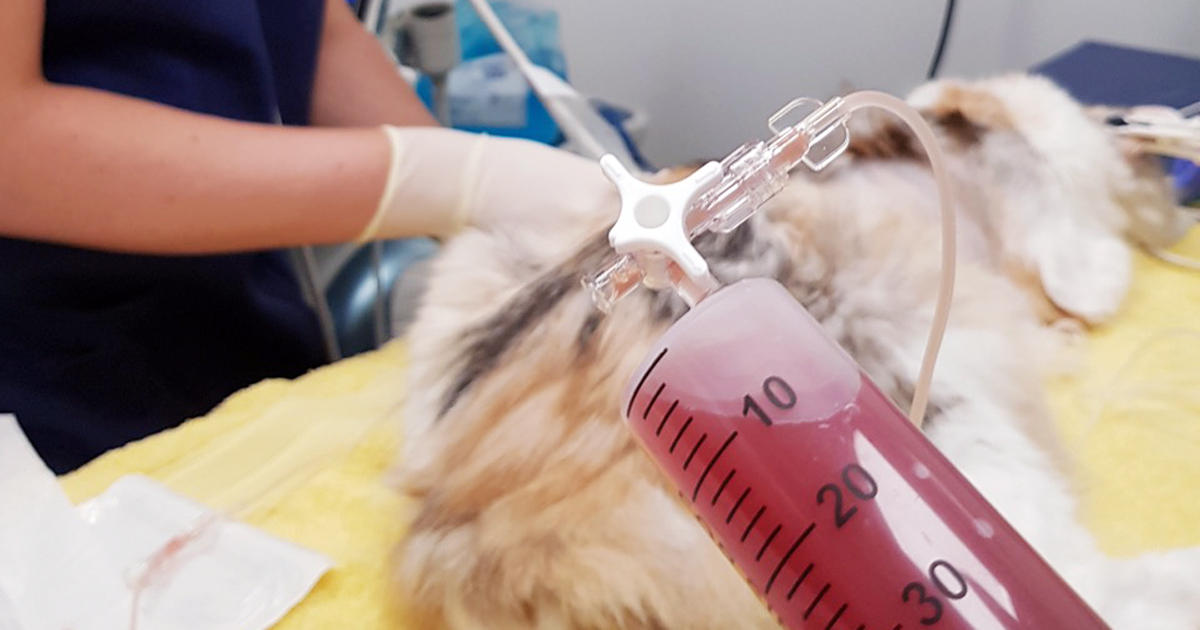
Thoracentesis, part 2: sample work
—
by
Last week we gave some hints and tips about how to perform a thoracocentesis. This week we look at what to do with the sample you collected and where to go to next. Looking at the sample is not enough, there are several things you need to do to make sure you are getting the…
-
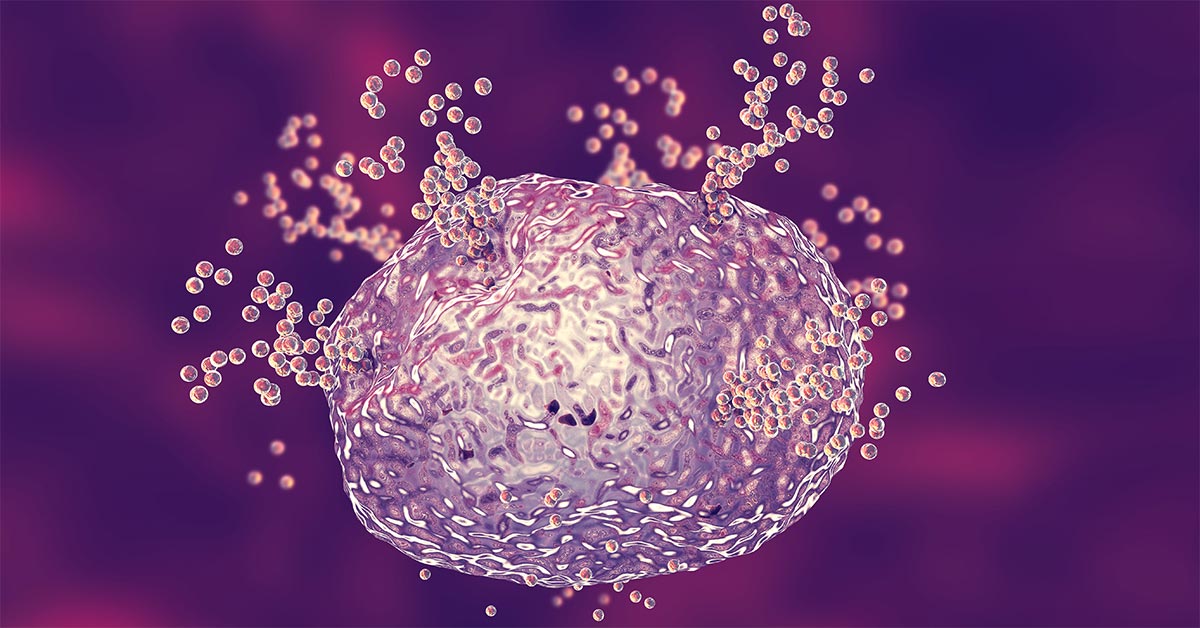
Mast cells, part 1: boom, boom, boom
—
by
Some cytologists love mast cells. They’re very distinctive – and there’s a lot to be said for finding something instantly recognisable and relatively simple to report at the end of a long day trying to work out if those macrophages are just too extreme, or getting frustrated at how difficult it can be sometimes to…
-

Lymphocytes, part 4: further tests (PARRty time)
—
by
I’m going to briefly touch upon three extra tests that can help to diagnose lymphoma or lymphoid leukaemia, at least in veterinary medicine. I say “briefly” because they are all complex and highly specialised procedures, all of which I obviously have absolute and full understanding of, but sadly don’t have space to discuss here. Oh…
-
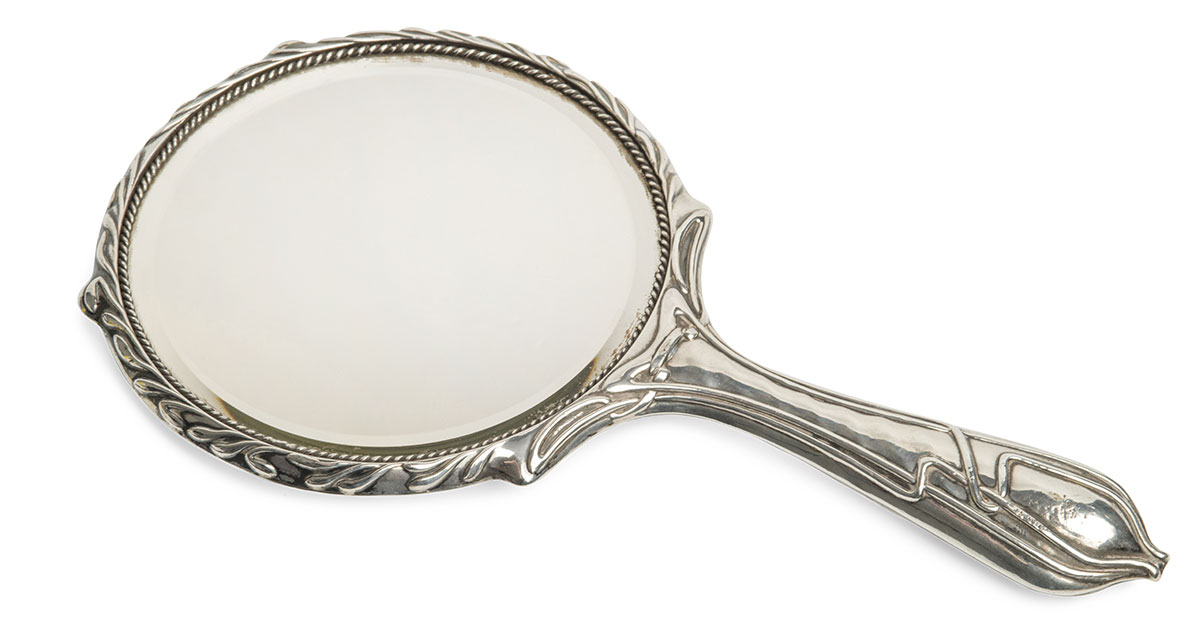
Lymphocytes, part 3: Jane Austen’s mirror
—
by
Last time I talked about what happens when lymphocytes circumvent the checks and balances of the immune system, and start cloning themselves faster than Emperor Palpatine’s army. Wanton replication with scant regard for other cells is essentially the definition of cancer – in this case lymphoma (if the cells form a solid mass in organs…
-
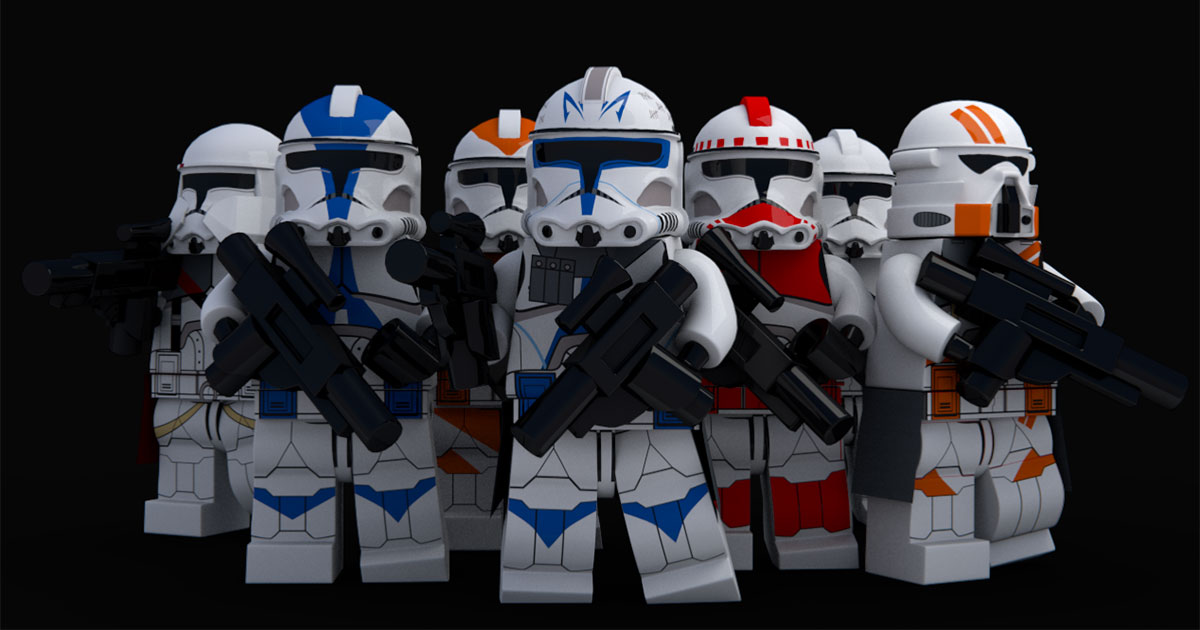
Lymphocytes, part 2: Attack of the Clones
—
by
Welcome back to lymphocyte talk. Now, sit still. Don’t fidget. We’re going to learn about what happens when lymphocytes go wrong. Last time, I likened lymphocytes to lovelorn Bridget Joneses, forever searching for the antigen that fits their unique receptor, and then (perhaps a bit less like Bridget Jones) trying to destroy them. They have…
-

Lymphocytes, part 1: Bridget Jones
—
by
My job is full of beauty and wonder, but I must admit that, at first glance, lymphocytes aren’t much to look at. They come in all manner of varieties, but a standard-issue small lymphocyte is basically a tiny black dot with an almost indistinguishable small amount of cell juice (cytoplasm) around it. A small lymphocyte…
-

The big eater
—
by
If I were a leukocyte, I know what I’d be… I’d be a band neutrophil. Inexperienced, rushed out from the bone marrow before I was really ready, one of the first into the fray, clueless and surrounded by terrified comrades. It wouldn’t even be the bacterial toxins that finished me off. My uselessness in the…
-

The wonder of cells
—
by
Since starting a career in clinical pathology, I have seen a lot of strange and wonderful sights down my microscope… It’s like being given a window into weird new worlds – tiny battlegrounds of leukocytes, tumour cells and microorganisms, against a backdrop of cytokines, stroma and necrosis. It’s not quite Saving Private Ryan, but with…
-
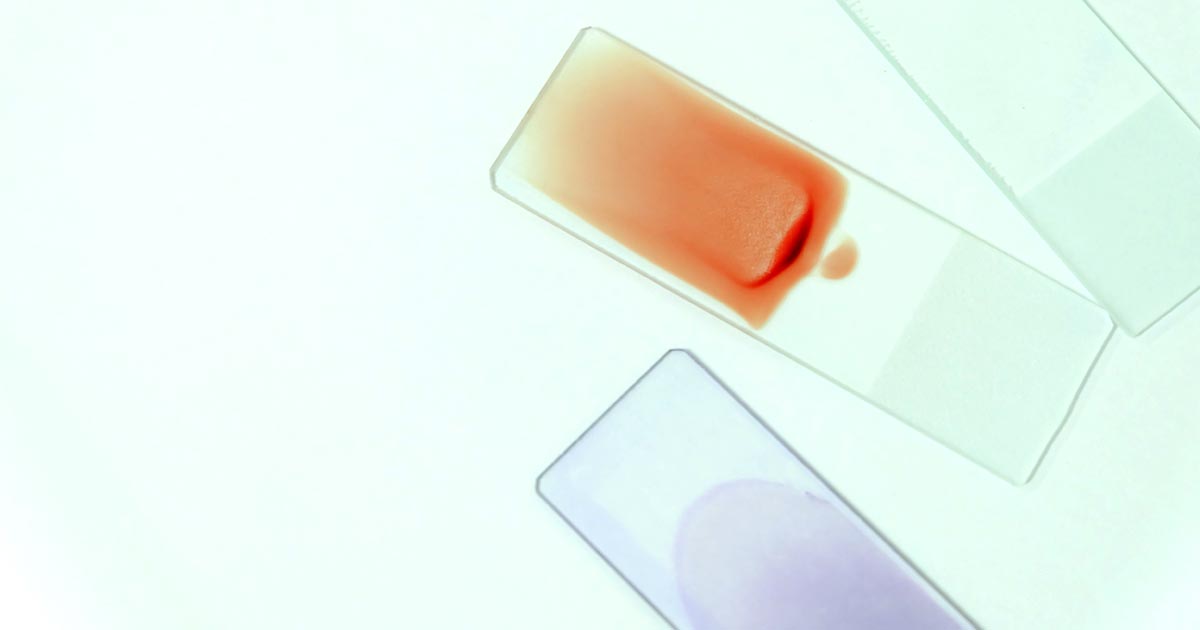
Cytology tips: cellularity
—
by
“Cellularity is poor, and preservation is poor.” As openings to literary works go, it may not have the skill of “It was the best of times, it was the worst of times” or “The sky above the port was the color of a television, tuned to a dead channel”, but it certainly has an emotional…
-
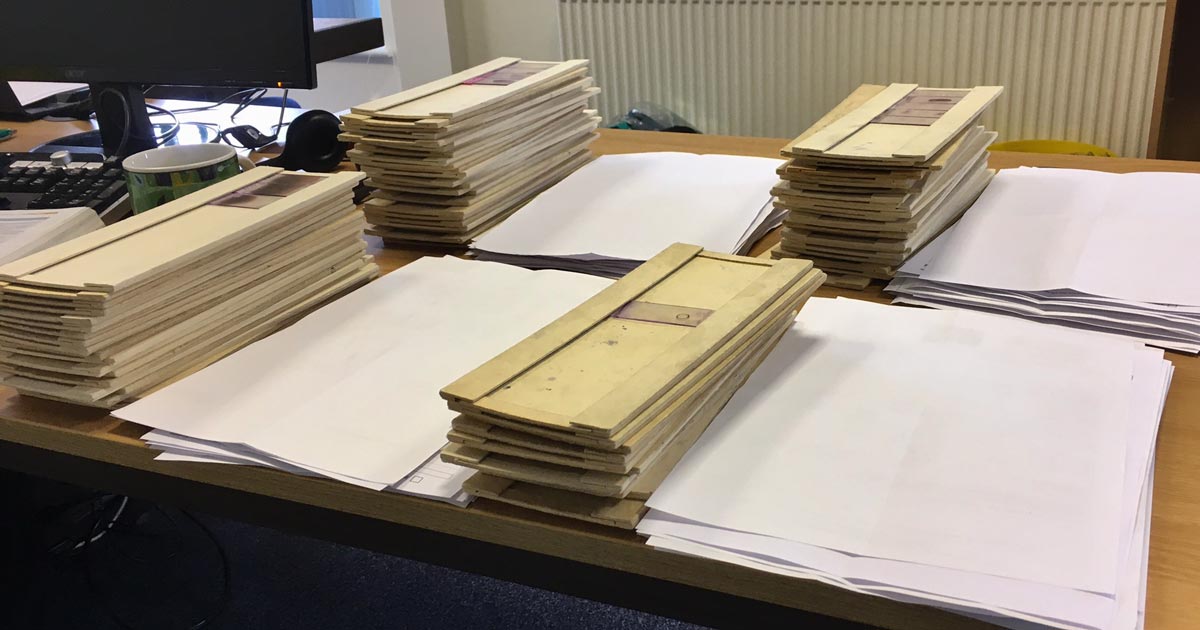
Pieces of paper
—
by
Several piles of paper are on the table in the centre of the room. The slide trays are stacked next to them; depending who has been on “winkling” duty, this is either a towering Manhattan skyline of ominous-looking pillars, or a sprawling shanty town of small groups and ordered by urgency, potential difficulty, quality of…